40 blood vessel diagram
Cancer, the blood and circulation | Cancer Research UK They then release other chemicals to clot the blood and repair the blood vessel. ... The diagram below shows how the different types of cells can develop from a single blood stem cell. diagram-showing-how-blood-cells-are-made.jpg. It is possible to collect stem cells from the bone marrow or the blood and freeze them. Doctors can then use stem cells as part of high dose … Blood Flow Through The Heart: A Simple 12 Step Diagram - EZmed 6 mars 2021 · Step 1 and 6 involve a blood vessel, which makes sense as this is how blood enters and exits that side of the heart. Steps 2-5 involve a chamber, valve, chamber, and valve. So if you remember this general pattern, it will help you recall the order in which blood flows through each side of the heart.
Master blood vessels with quizzes and diagrams | Kenhub 28 oct. 2021 · Labeled diagram showing the structure of a blood vessel . Observe the blood vessels diagrams above, where you can see the structures of arteries and veins clearly labeled. Spend a while piecing these diagrams together in your mind, trying to link the labeled names with the functions you learned about in the video. Worksheets to label

Blood vessel diagram
Blood - Wikipedia Blood accounts for 7% of the human body weight, with an average density around 1060 kg/m 3, very close to pure water's density of 1000 kg/m 3. The average adult has a blood volume of roughly 5 litres (11 US pt) or 1.3 gallons, which is composed of plasma and formed elements.The formed elements are the two types of blood cell or corpuscle – the red blood cells, … Blood vessel - Wikipedia Blood vessels function to transport blood.In general, arteries and arterioles transport oxygenated blood from the lungs to the body and its organs, and veins and venules transport deoxygenated blood from the body to the lungs.Blood vessels also circulate blood throughout the circulatory system Oxygen (bound to hemoglobin in red blood cells) is the most critical nutrient carried by … Coronary circulation - Wikipedia Coronary circulation is the circulation of blood in the blood vessels that supply the heart muscle (myocardium). Coronary arteries supply oxygenated blood to the heart muscle. Cardiac veins then drain away the blood after it has been deoxygenated. Because the rest of the body, and most especially the brain, needs a steady supply of oxygenated blood that is free of all but the …
Blood vessel diagram. Fetal Circulation Diagram | Fetal Blood Flow & Circulatory System ... 25 août 2021 · The inferior vena cava is a vessel that takes blood to the fetal heart. The rest of the blood enters the fetal liver through a vessel called the portal vein . The blood then moves to the right ... Insect morphology - Wikipedia Insect morphology is the study and description of the physical form of insects.The terminology used to describe insects is similar to that used for other arthropods due to their shared evolutionary history. Three physical features separate insects from other arthropods: they have a body divided into three regions (called tagmata) (head, thorax, and abdomen), have three pairs … Circulatory system - Wikipedia The circulatory system includes the heart, blood vessels, and blood. The cardiovascular system in all vertebrates, consists of the heart and blood vessels. The circulatory system is further divided into two major circuits – a pulmonary circulation, and a systemic circulation. The pulmonary circulation is a circuit loop from the right heart taking deoxygenated blood to the lungs where it … Circulatory System: Facts, Function & Diseases - Live Science 8 août 2019 · The capillaries are the smallest type of blood vessel, and provide the bridge between the arteries and veins. Find out all about the blood, lungs and blood vessels that make up the circulatory system.
Coronary circulation - Wikipedia Coronary circulation is the circulation of blood in the blood vessels that supply the heart muscle (myocardium). Coronary arteries supply oxygenated blood to the heart muscle. Cardiac veins then drain away the blood after it has been deoxygenated. Because the rest of the body, and most especially the brain, needs a steady supply of oxygenated blood that is free of all but the … Blood vessel - Wikipedia Blood vessels function to transport blood.In general, arteries and arterioles transport oxygenated blood from the lungs to the body and its organs, and veins and venules transport deoxygenated blood from the body to the lungs.Blood vessels also circulate blood throughout the circulatory system Oxygen (bound to hemoglobin in red blood cells) is the most critical nutrient carried by … Blood - Wikipedia Blood accounts for 7% of the human body weight, with an average density around 1060 kg/m 3, very close to pure water's density of 1000 kg/m 3. The average adult has a blood volume of roughly 5 litres (11 US pt) or 1.3 gallons, which is composed of plasma and formed elements.The formed elements are the two types of blood cell or corpuscle – the red blood cells, …


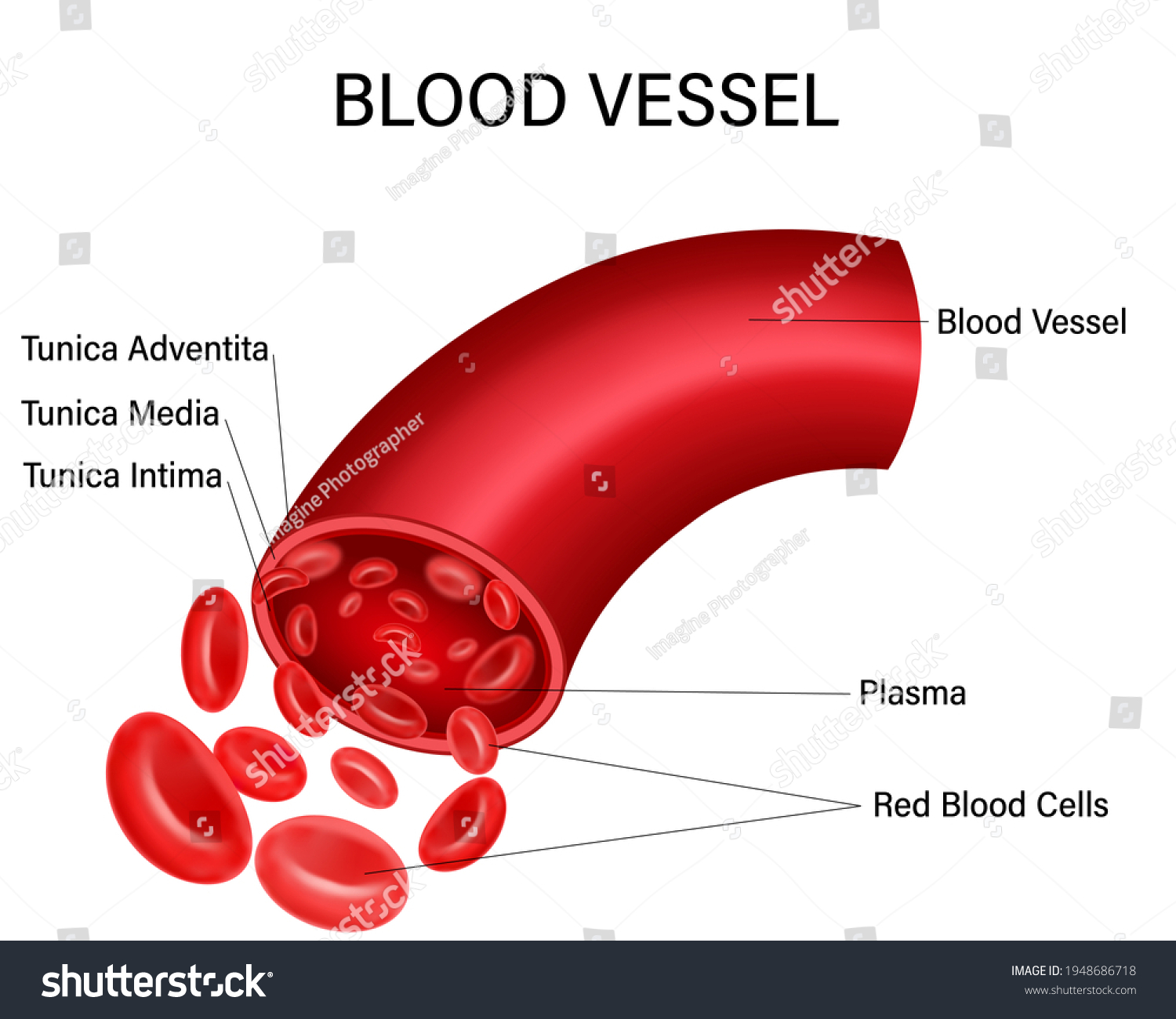



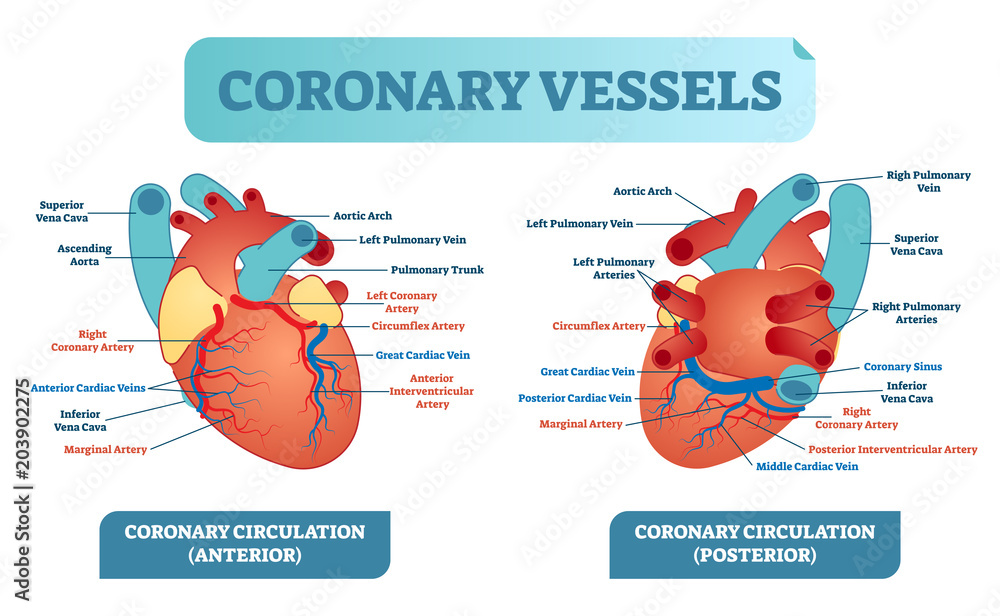
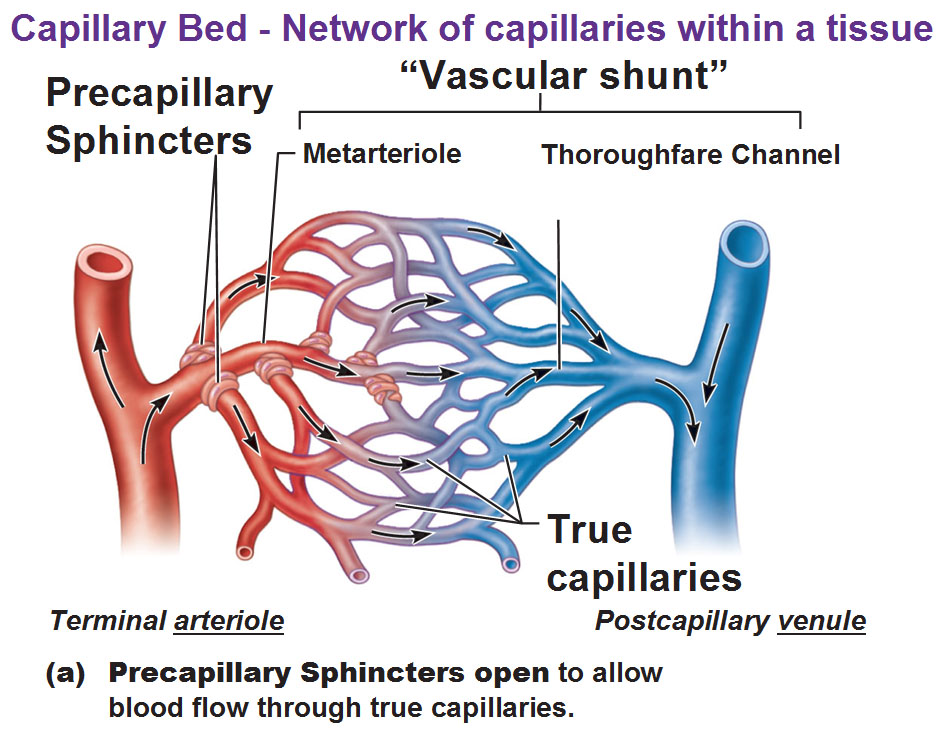

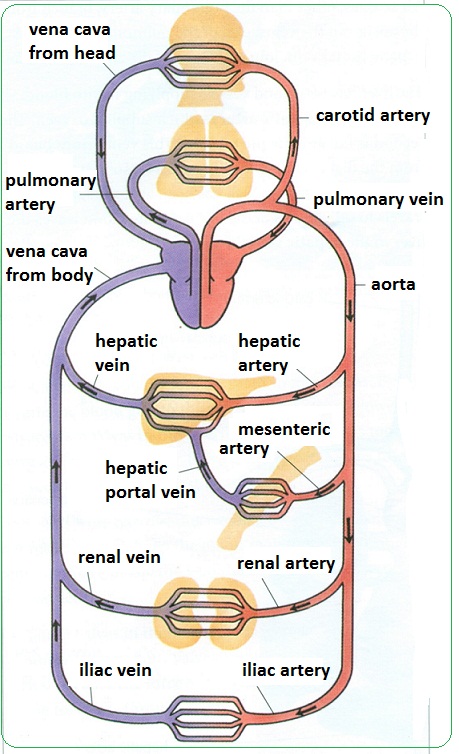
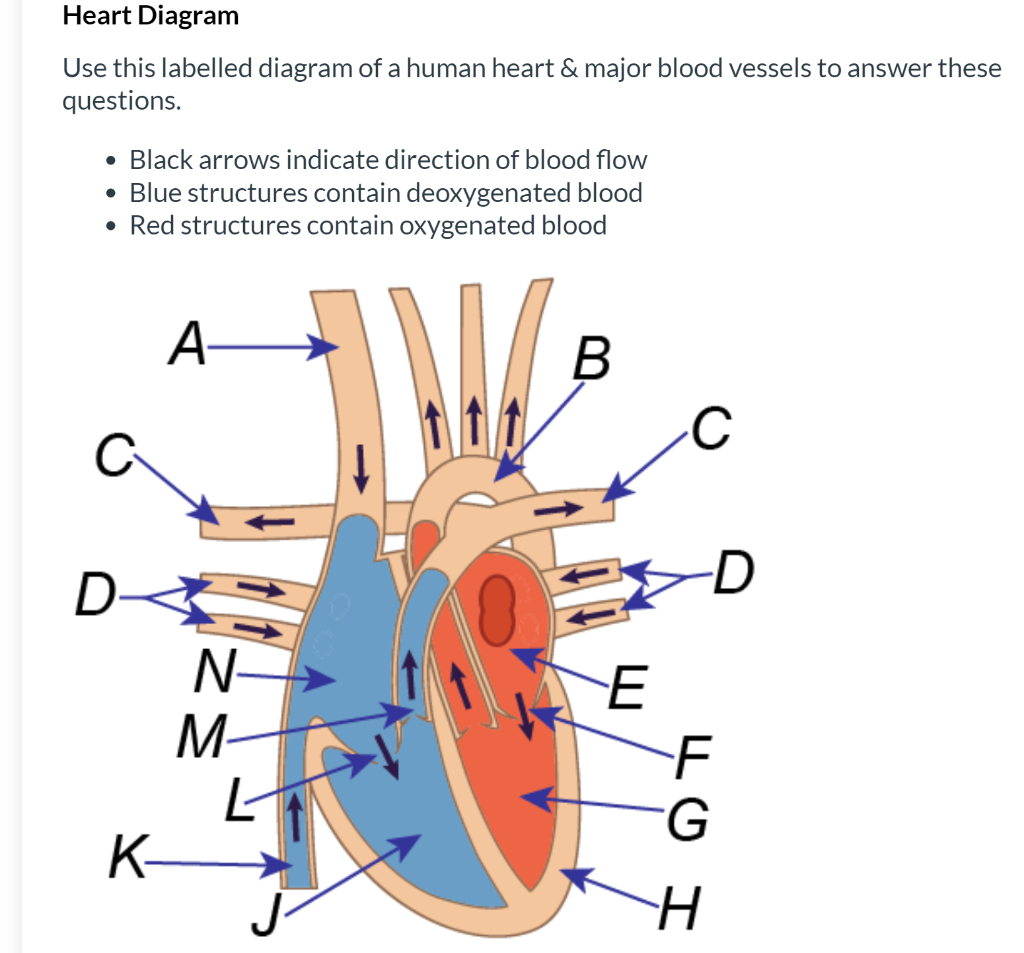

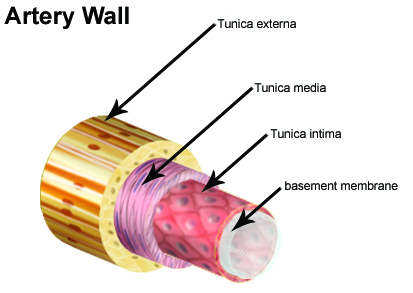


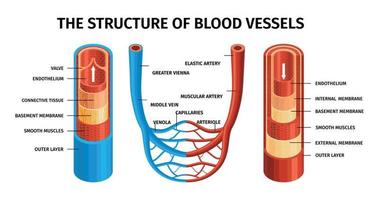
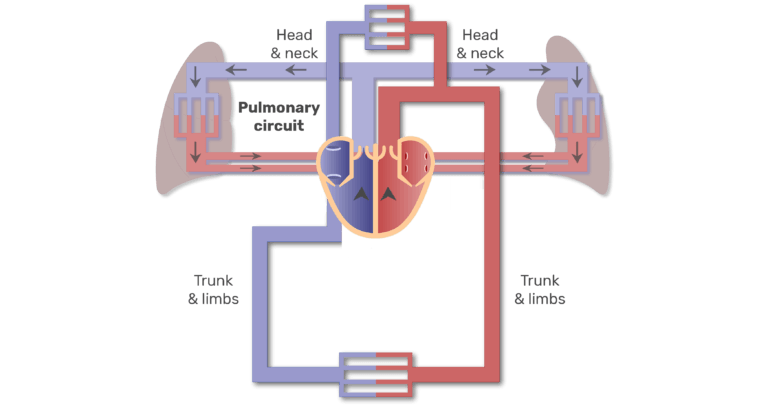

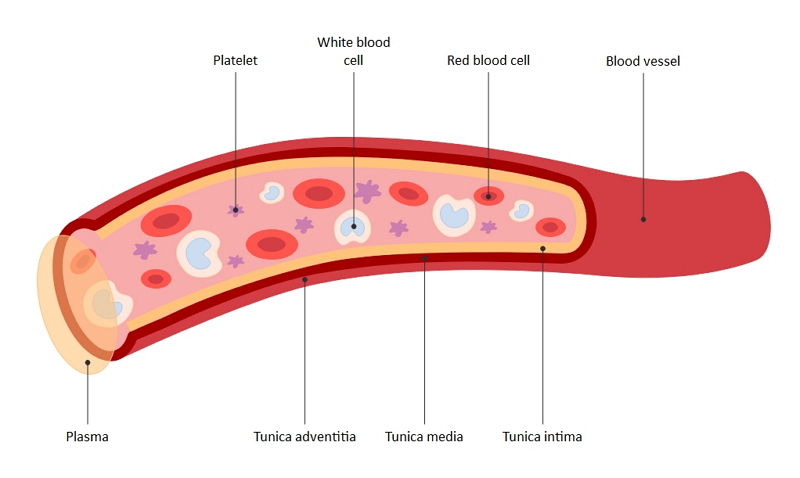
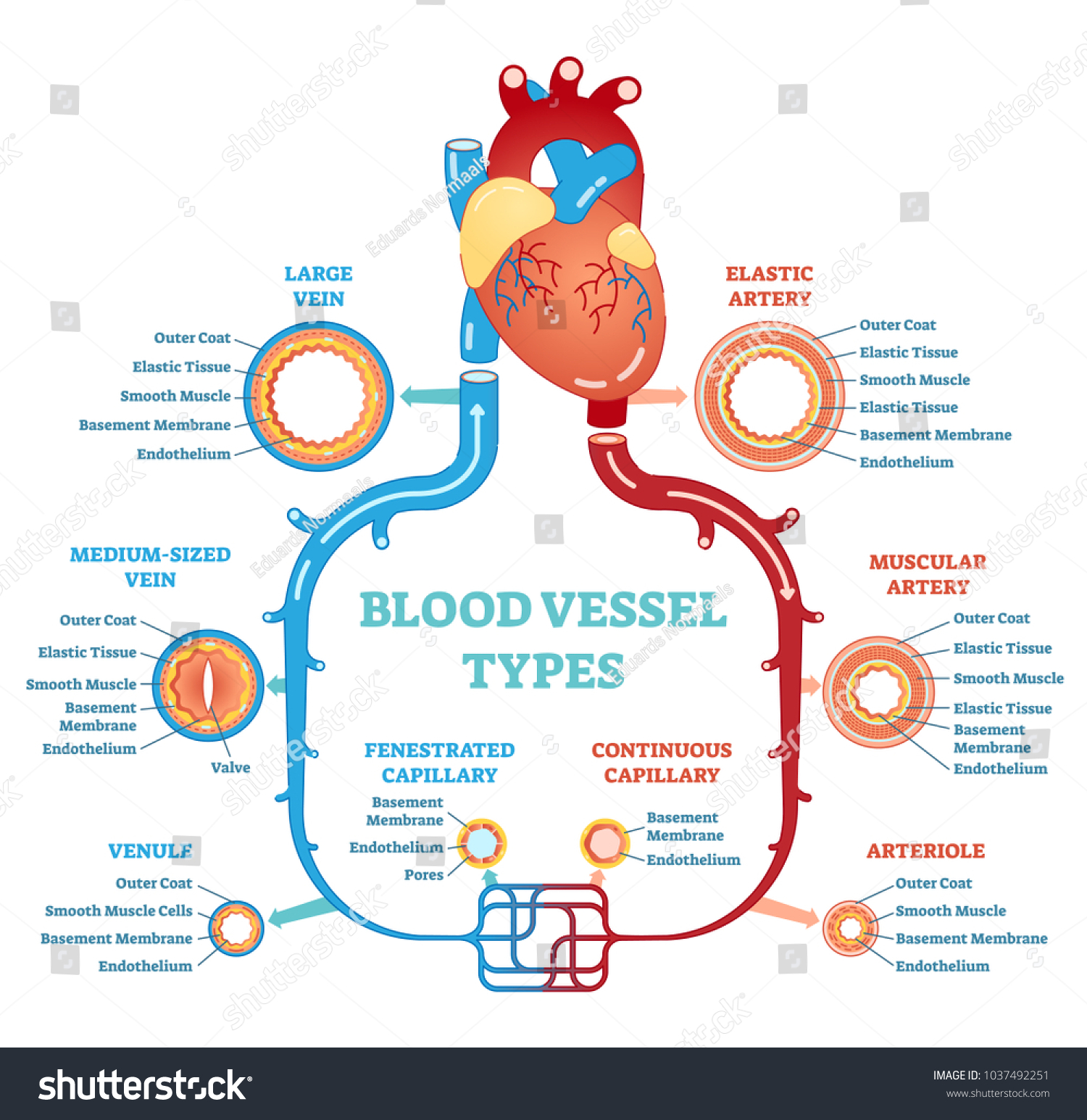
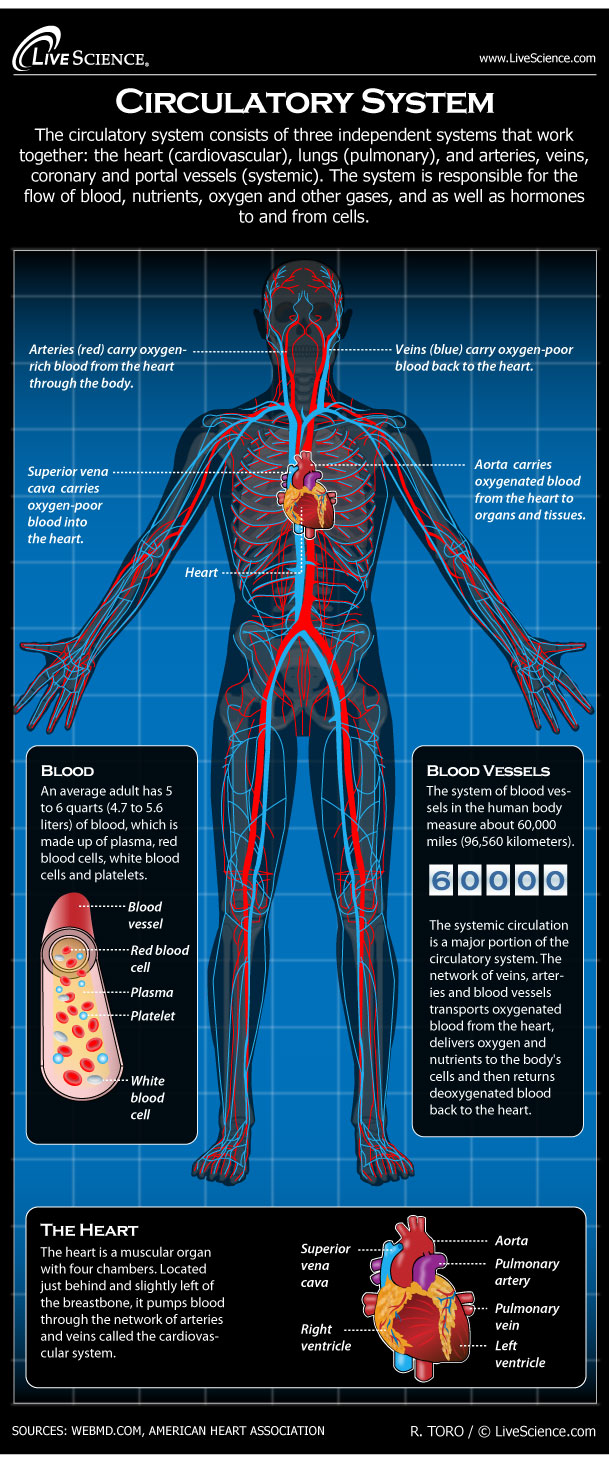


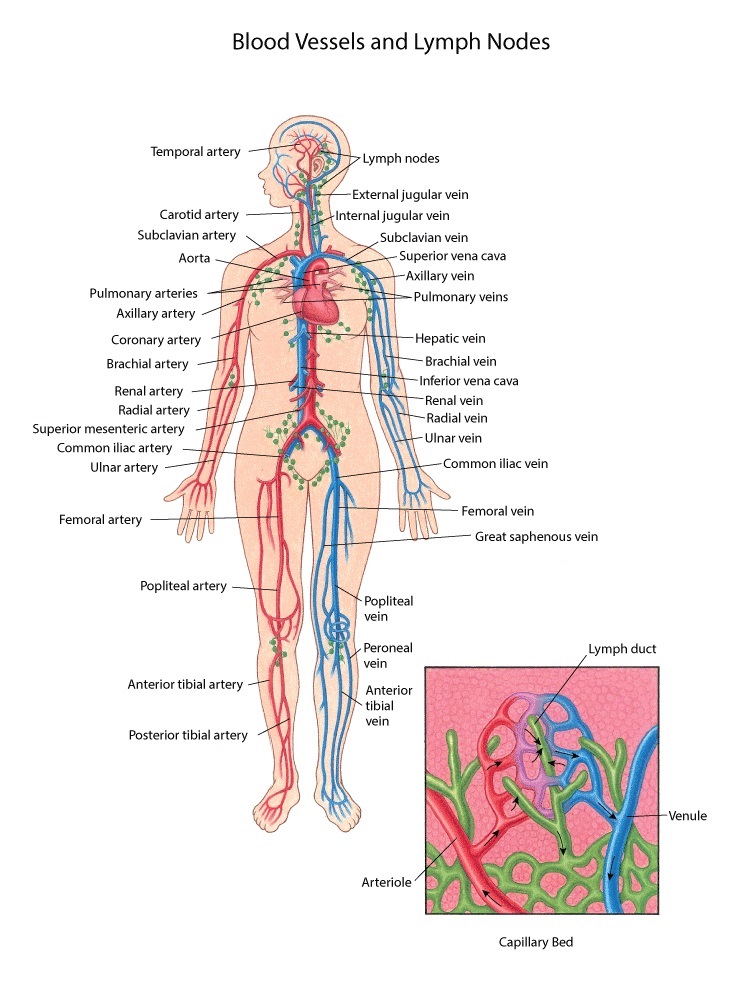

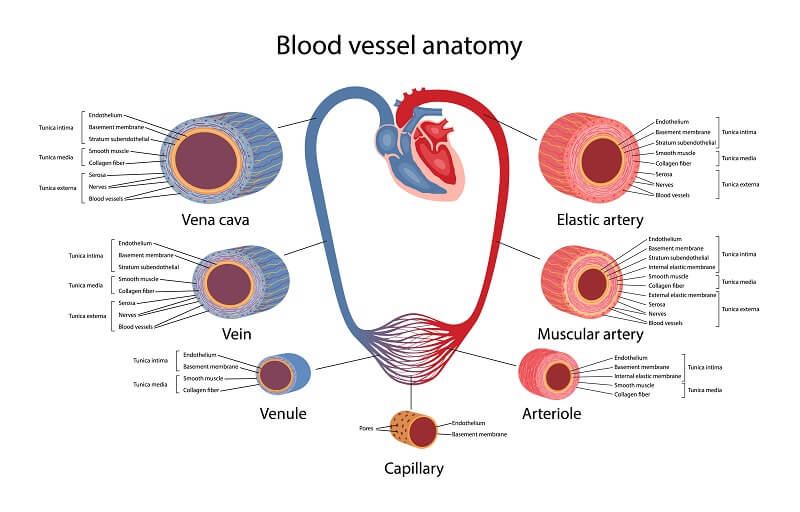


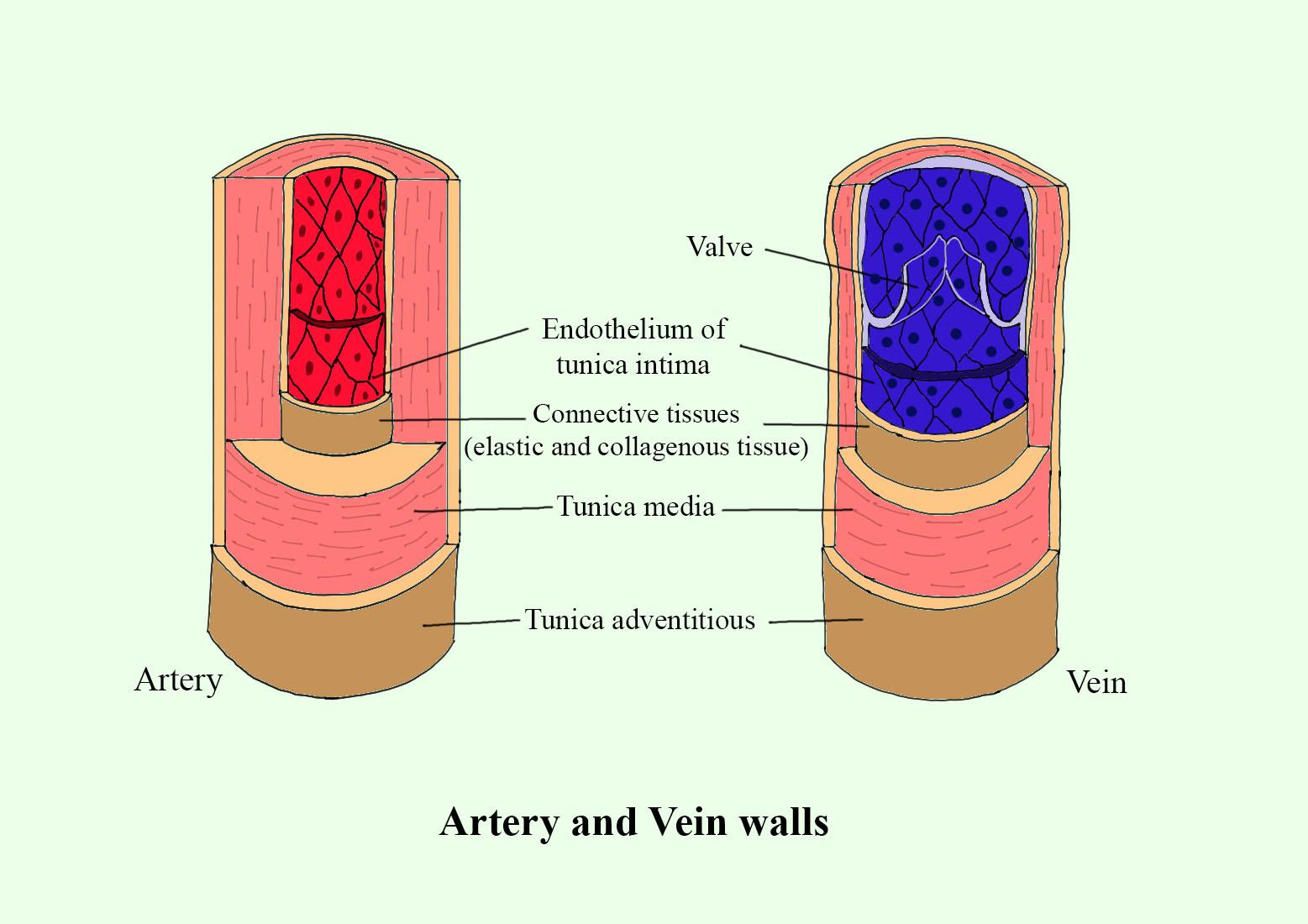
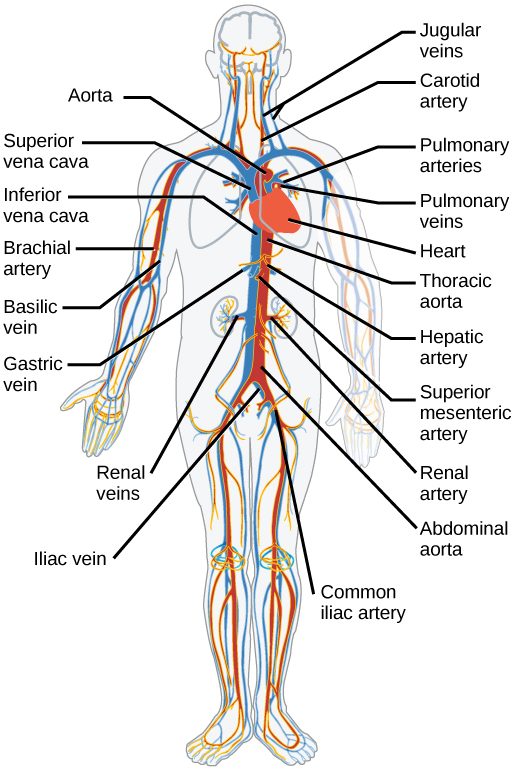

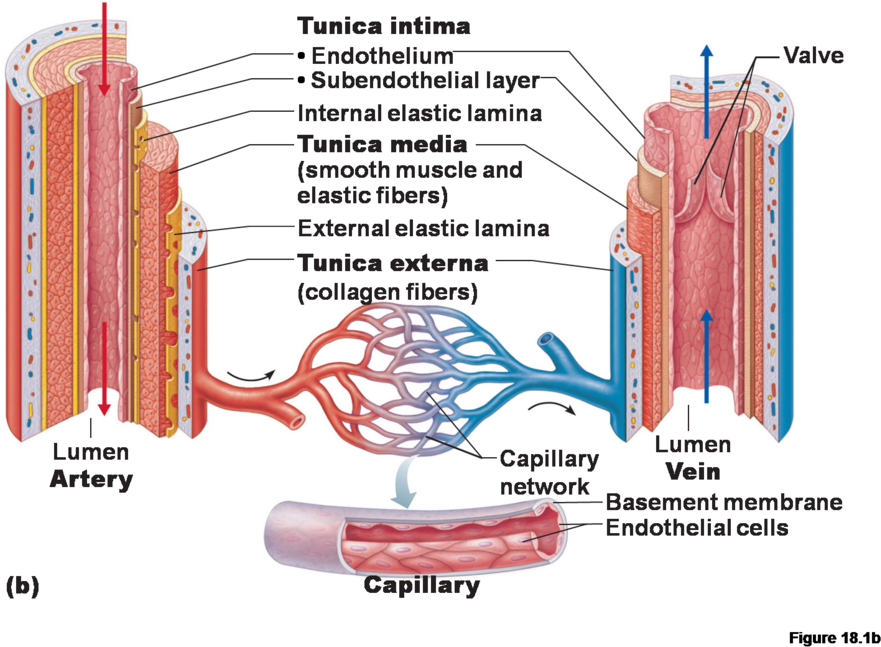


:watermark(/images/watermark_only_sm.png,0,0,0):watermark(/images/logo_url_sm.png,-10,-10,0):format(jpeg)/images/anatomy_term/pulmonary-trunk-2/5LA5EeuIQVqeAClkWnYyhw_Pulmonary_trunk_3.png)

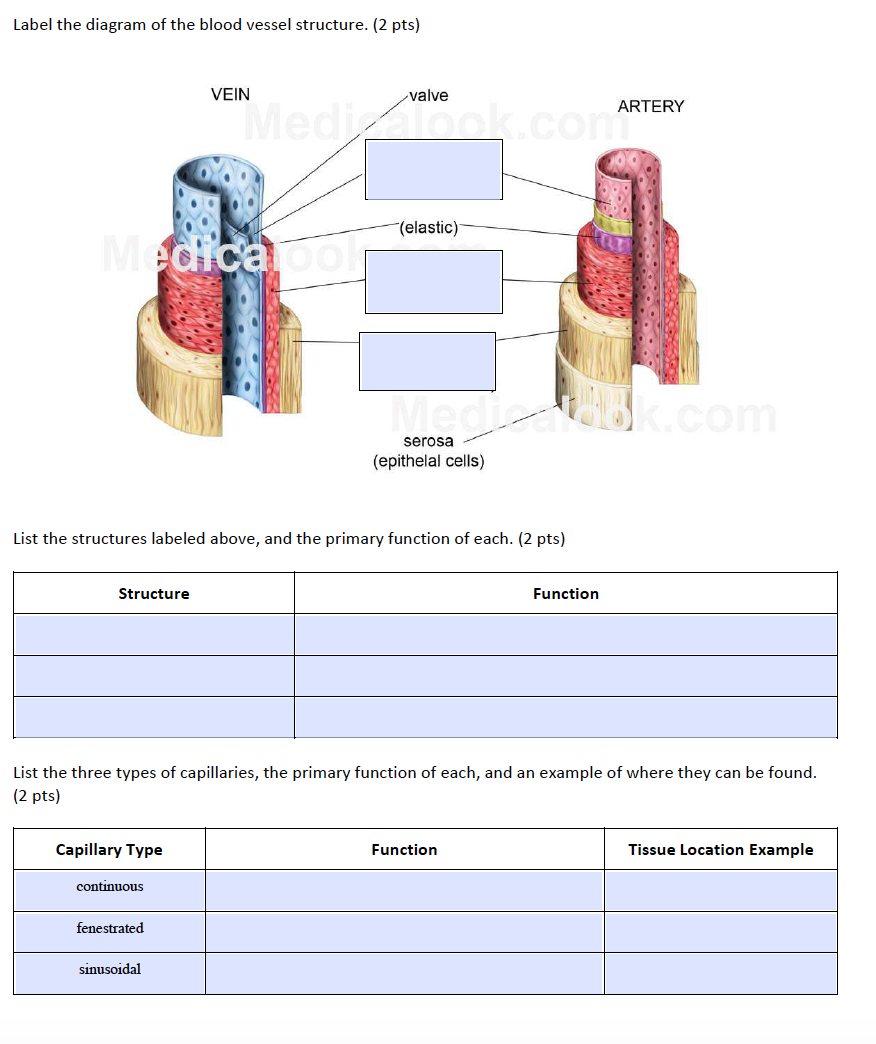

Post a Comment for "40 blood vessel diagram"